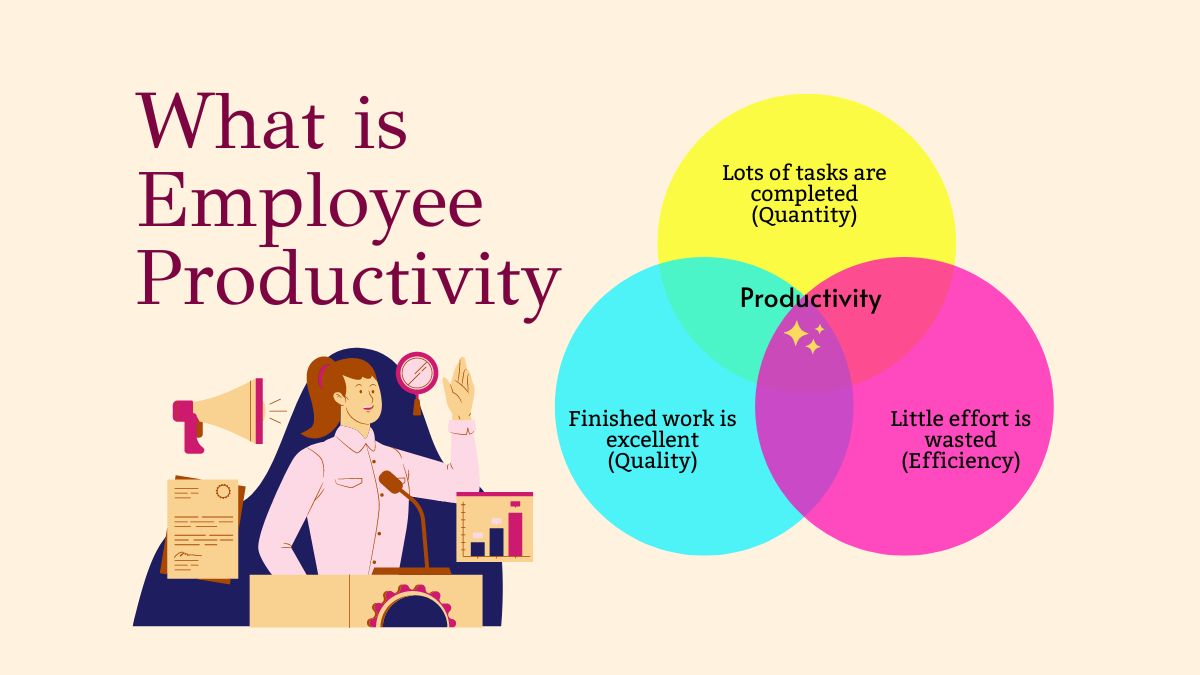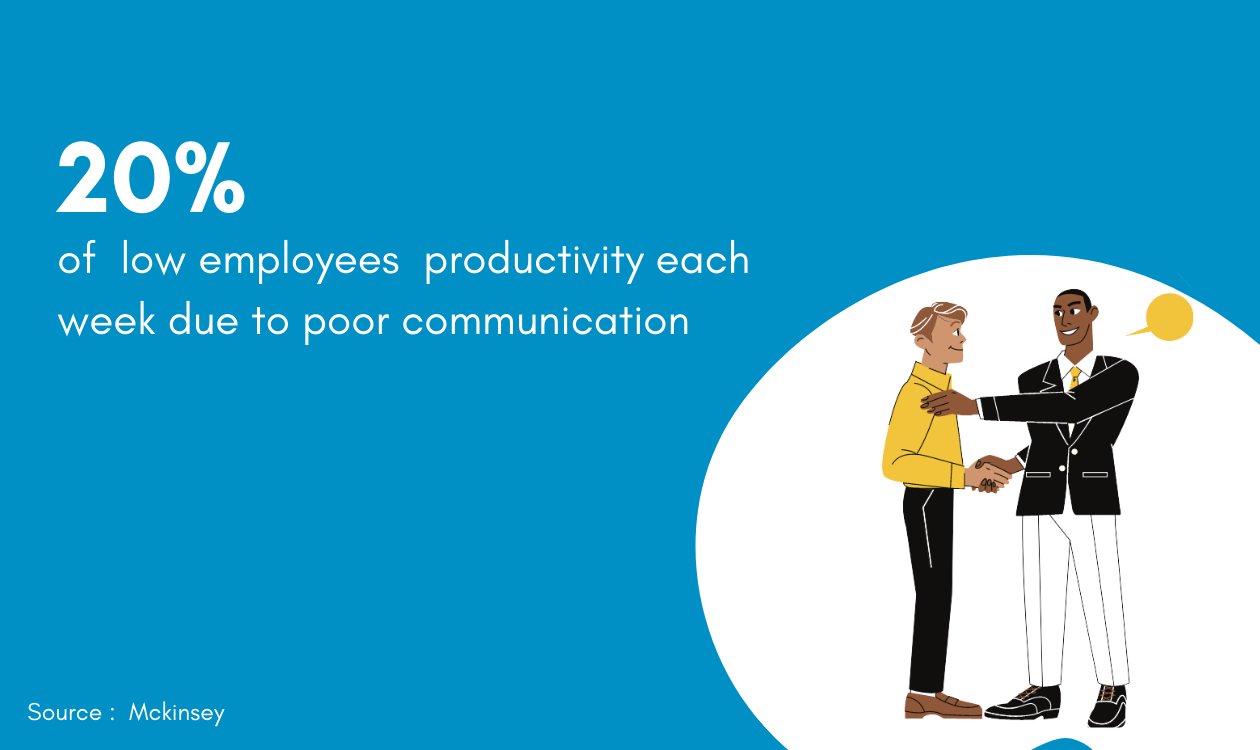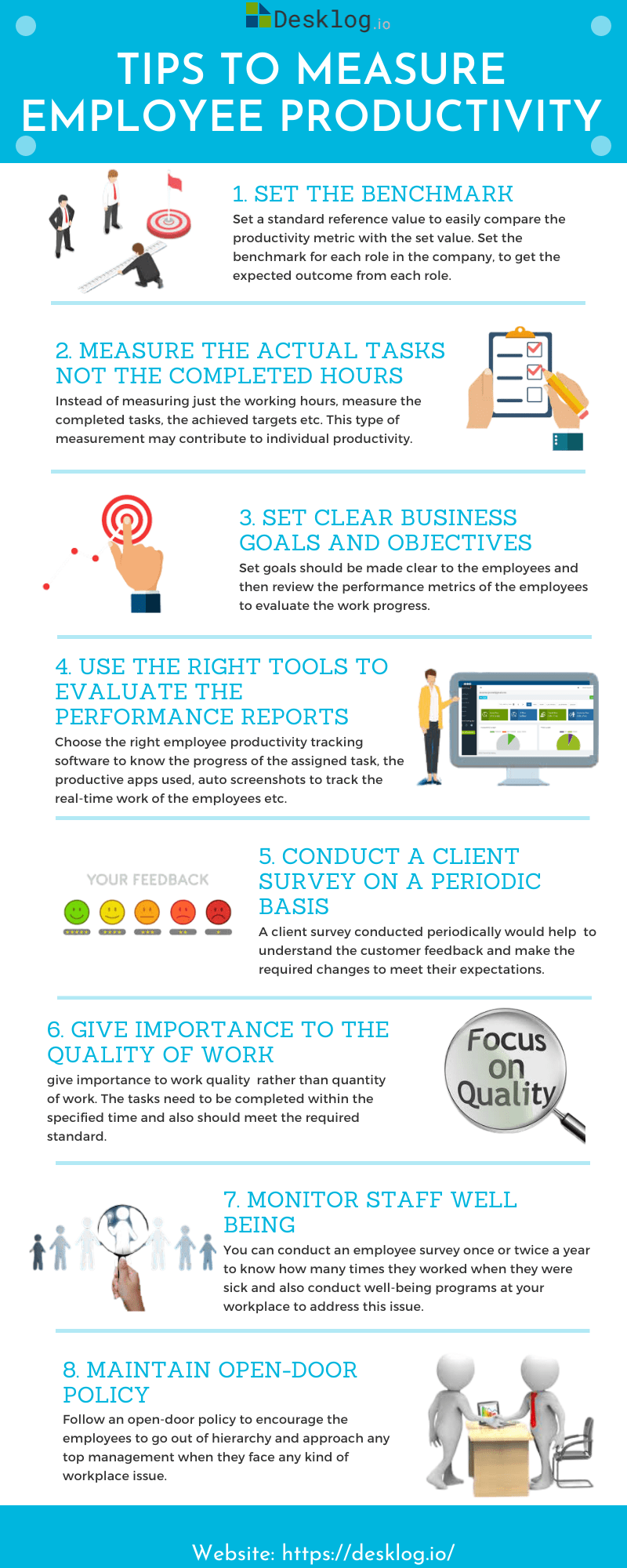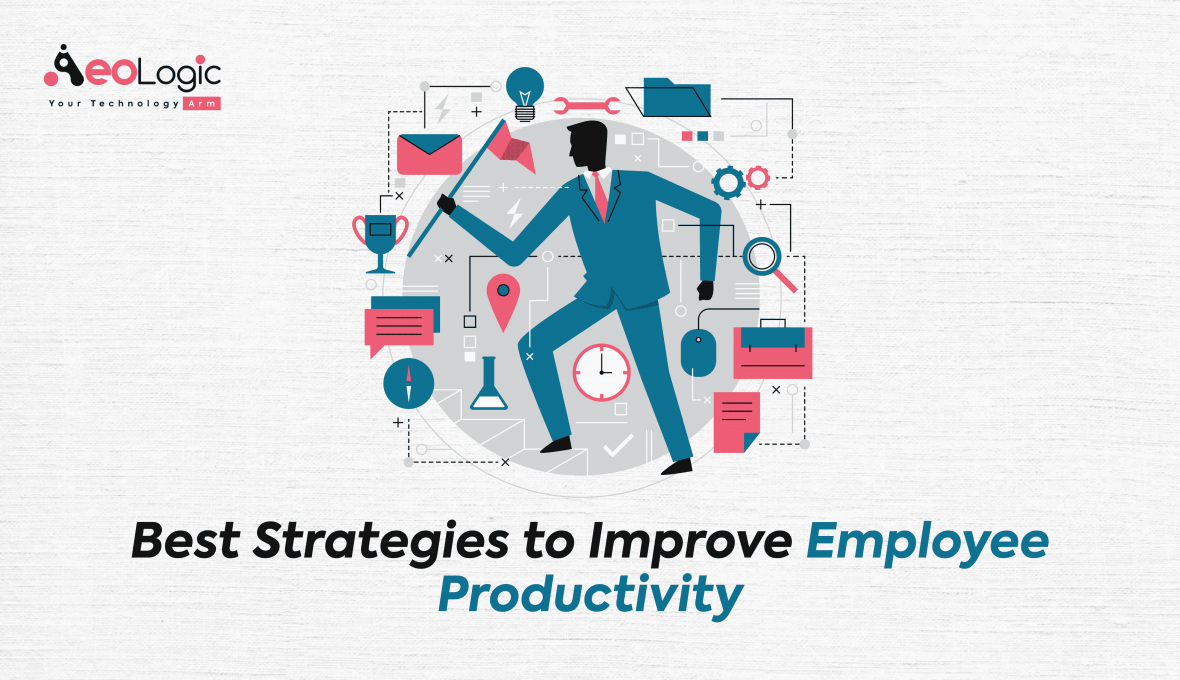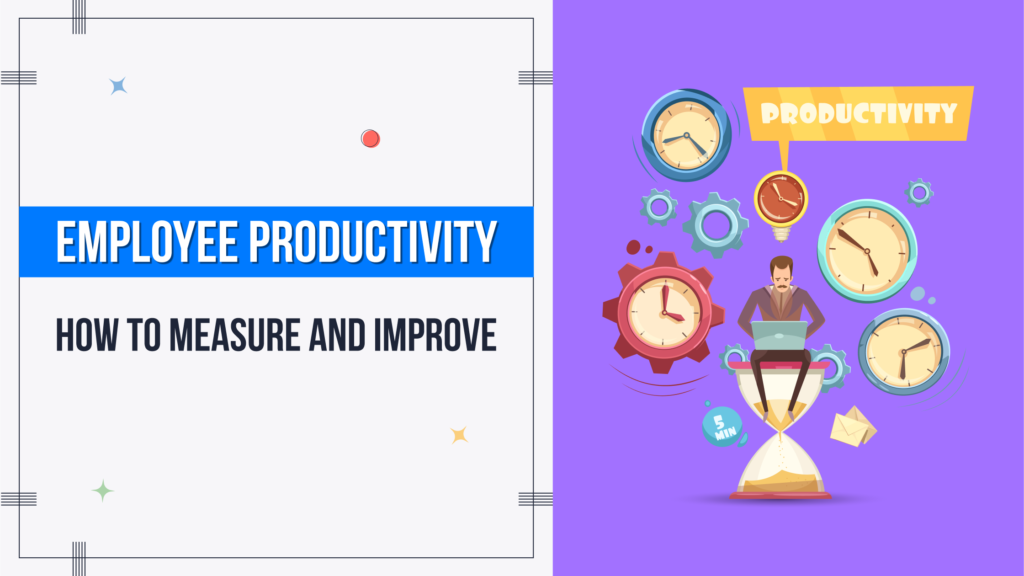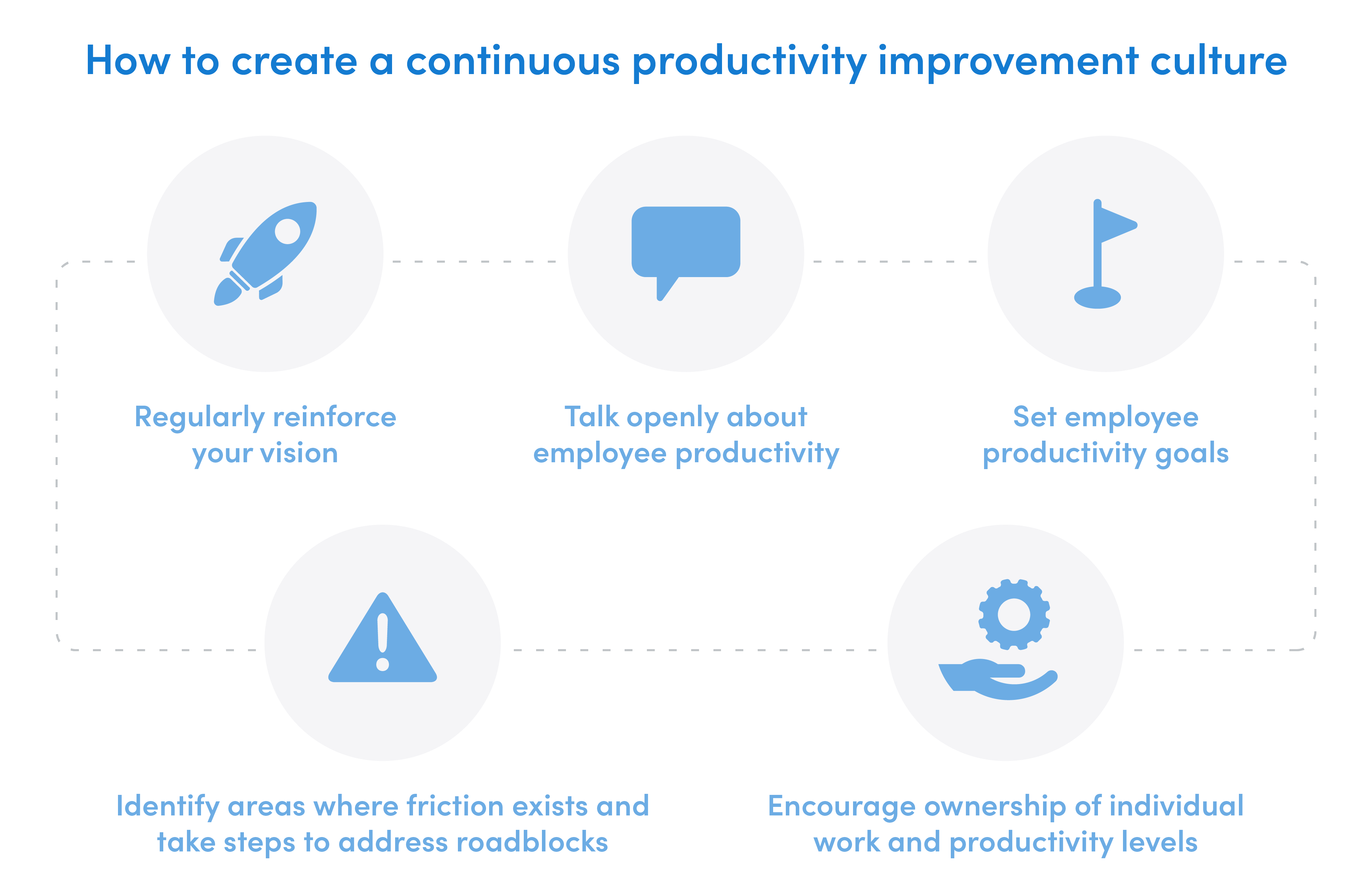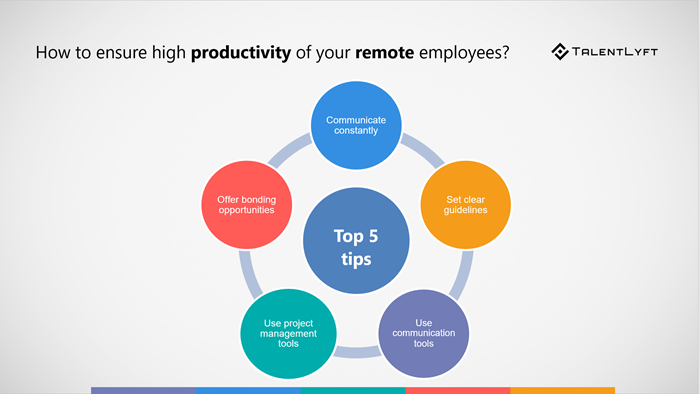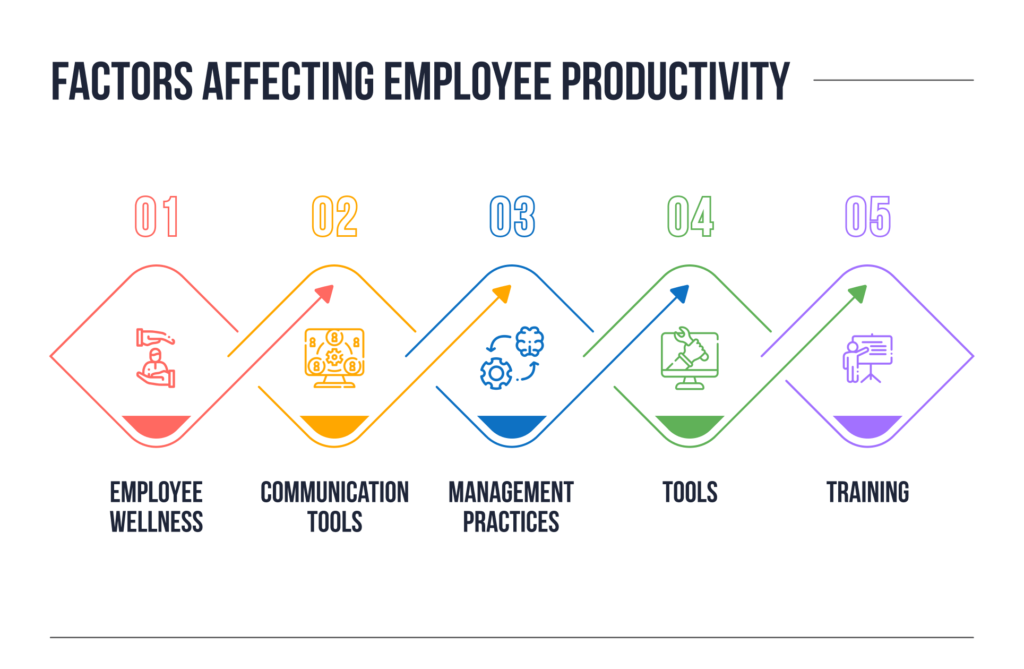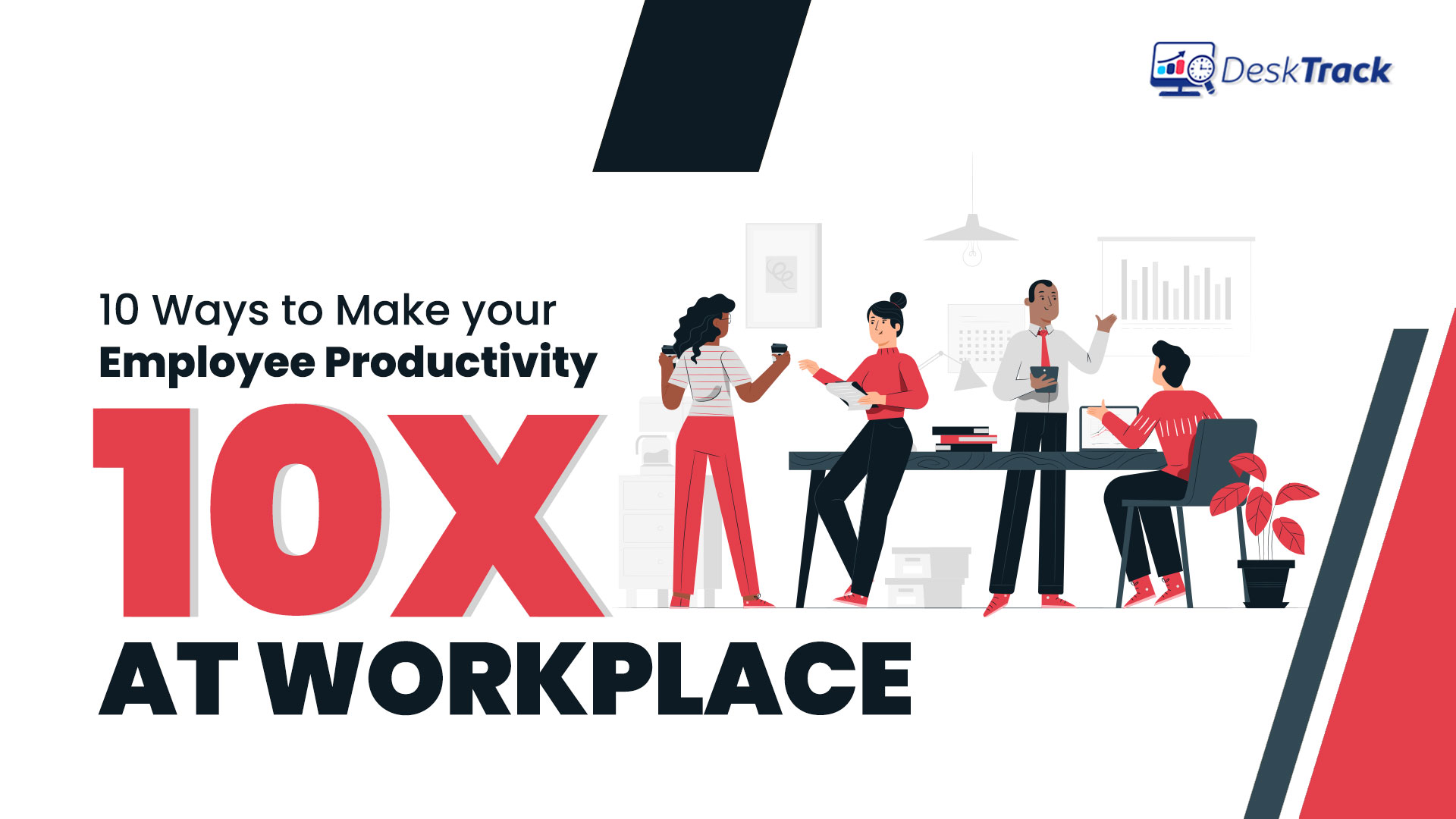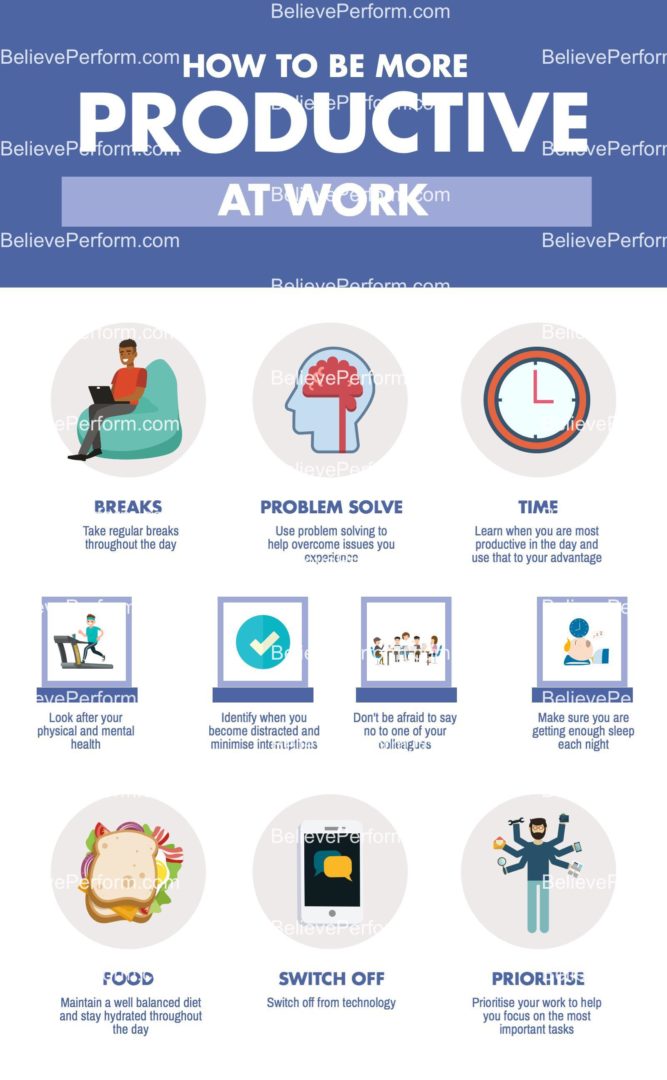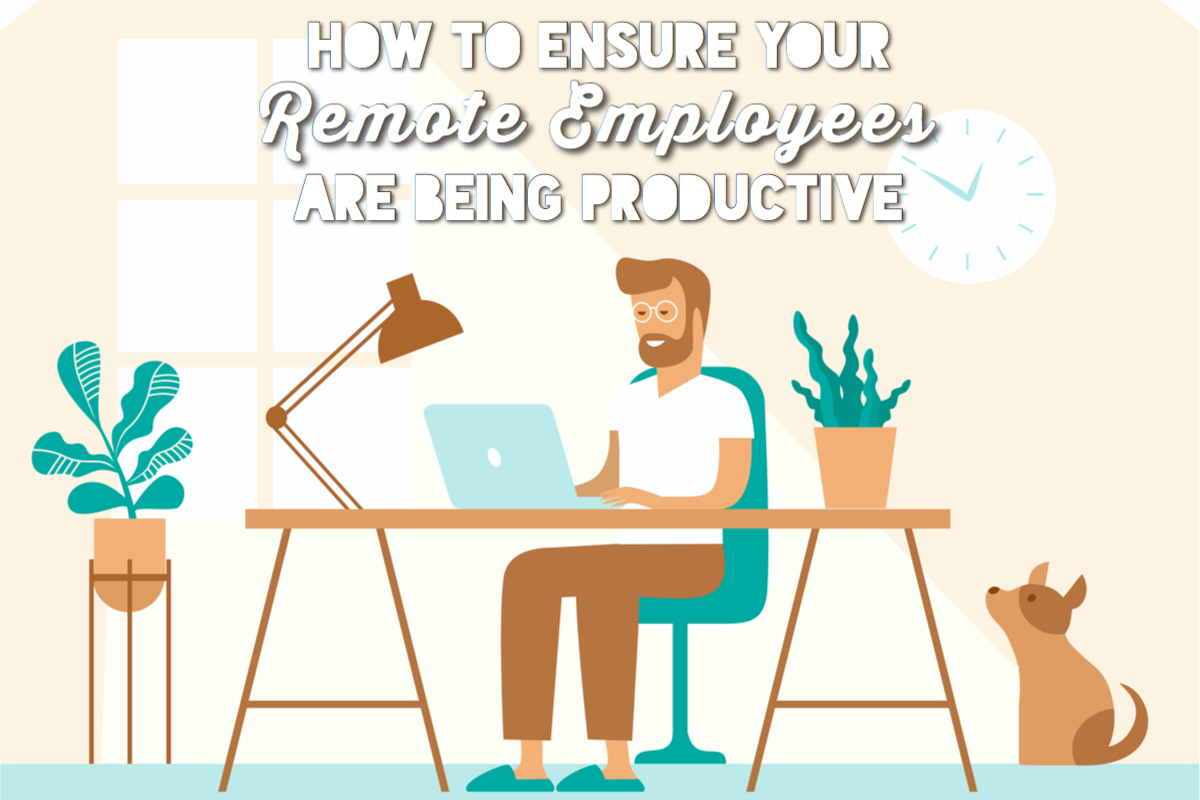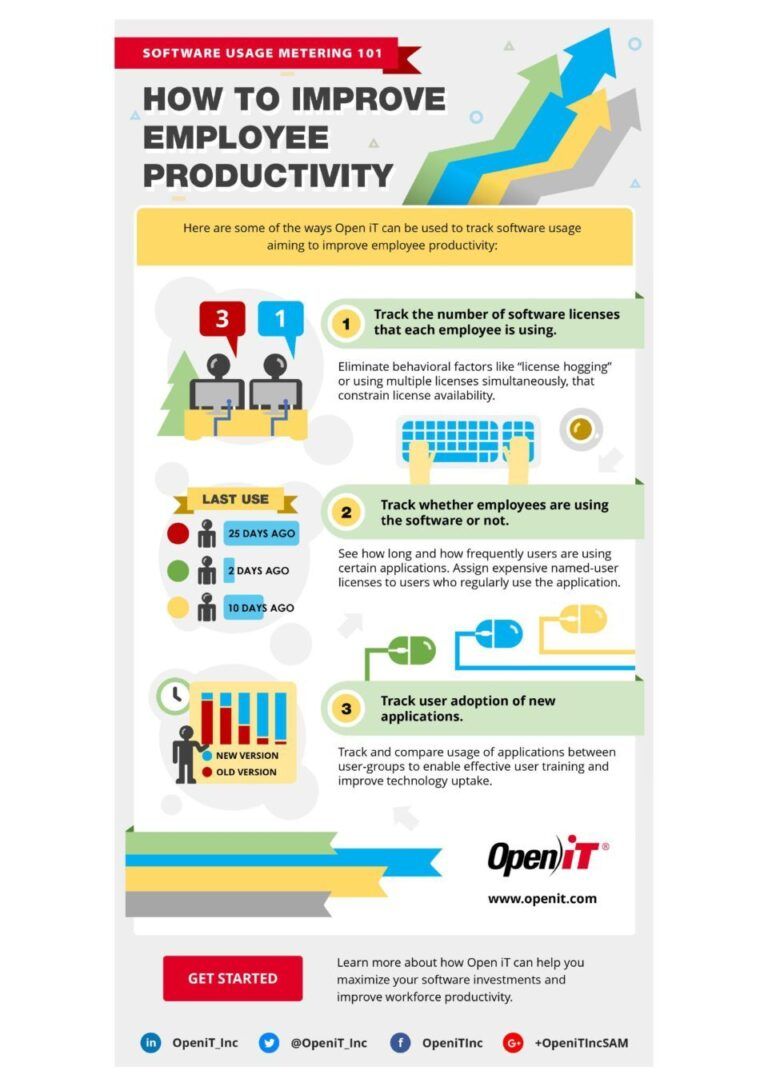How To Talk To Employees About Productivity
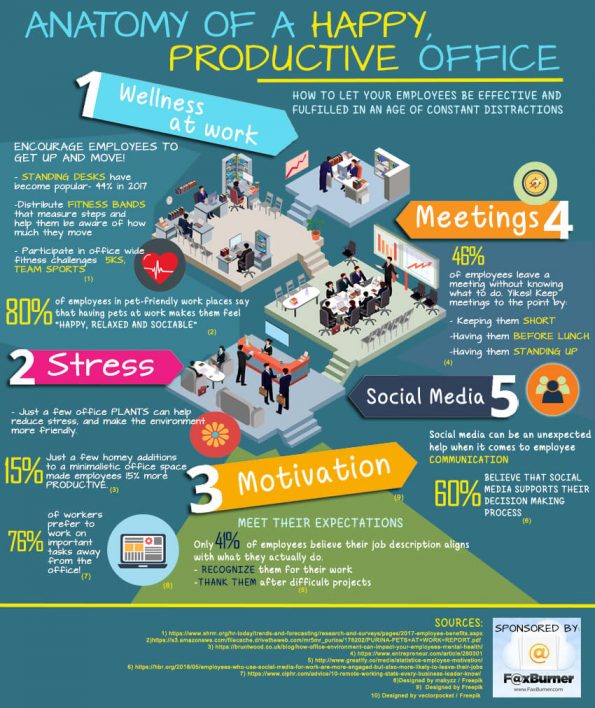
In today's fast-paced business environment, conversations about productivity are becoming increasingly crucial for both employers and employees. Navigating these discussions effectively can foster a more engaged and productive workforce, but missteps can lead to demotivation and resentment.
This article explores best practices for communicating with employees about productivity, drawing on expert advice and research. It aims to provide a practical guide for managers and leaders seeking to improve performance while maintaining a positive and supportive work environment.
Why Productivity Conversations Matter
Productivity conversations are essential for aligning employee efforts with organizational goals. They provide an opportunity to address performance gaps, offer constructive feedback, and collaboratively develop strategies for improvement.
According to a recent Gallup poll, employees who feel their manager cares about their development are more engaged and productive. Open and honest communication about performance is a key component of this supportive relationship.
Key Elements of Effective Communication
Successful productivity conversations hinge on several key elements. Transparency, empathy, and a focus on solutions are paramount.
Firstly, transparency is crucial. Employees need to understand the metrics used to measure productivity and how their performance contributes to the overall success of the organization.
Secondly, empathy is essential for building trust. Managers should approach these conversations with an understanding of the challenges employees may be facing, both professionally and personally.
Thirdly, the focus should be on solutions. Identify specific areas for improvement and collaborate with the employee to develop a plan for achieving those goals.
Preparing for the Conversation
Preparation is key to a productive conversation. Managers should gather specific examples of both strengths and weaknesses in the employee's performance.
Consider using a framework such as the Situation-Behavior-Impact (SBI) model. This model helps frame feedback by describing the specific situation, the employee's behavior in that situation, and the impact of that behavior.
During the Conversation
Start the conversation by creating a comfortable and non-threatening environment. Clearly state the purpose of the conversation and emphasize your commitment to supporting the employee's growth.
Actively listen to the employee's perspective. Encourage them to share their thoughts and feelings about their performance. Avoid interrupting and be mindful of your body language.
Provide specific and actionable feedback. Use the SBI model to illustrate your points and avoid generalizations. Focus on behaviors rather than personal traits.
Collaboratively develop a plan for improvement. This plan should include specific, measurable, achievable, relevant, and time-bound (SMART) goals.
After the Conversation
Follow up with the employee regularly to monitor their progress and provide ongoing support. Offer resources such as training, mentorship, or coaching to help them achieve their goals.
Document the conversation and the agreed-upon plan. This documentation can be helpful for future performance reviews and for tracking progress.
Common Pitfalls to Avoid
There are several common pitfalls that can derail productivity conversations. Avoiding these mistakes is crucial for maintaining a positive and productive work environment.
Avoid making assumptions about the reasons for poor performance. Instead, ask open-ended questions and actively listen to the employee's response. Do not compare employees to each other.
Avoid delivering feedback in public. These conversations should always be held in private to protect the employee's dignity and maintain their self-esteem.
Avoid vague or generic feedback. Provide specific examples and focus on behaviors that can be changed. Do not wait too long to address performance issues.
The Impact of Effective Communication
When handled effectively, productivity conversations can have a significant positive impact on employee engagement, performance, and overall organizational success.
Employees who feel heard, supported, and empowered are more likely to be motivated and committed to their work. This, in turn, leads to improved productivity and a more positive work environment. Remember, communication is key.
By adopting a transparent, empathetic, and solution-focused approach, managers can transform potentially difficult conversations into opportunities for growth and development.
